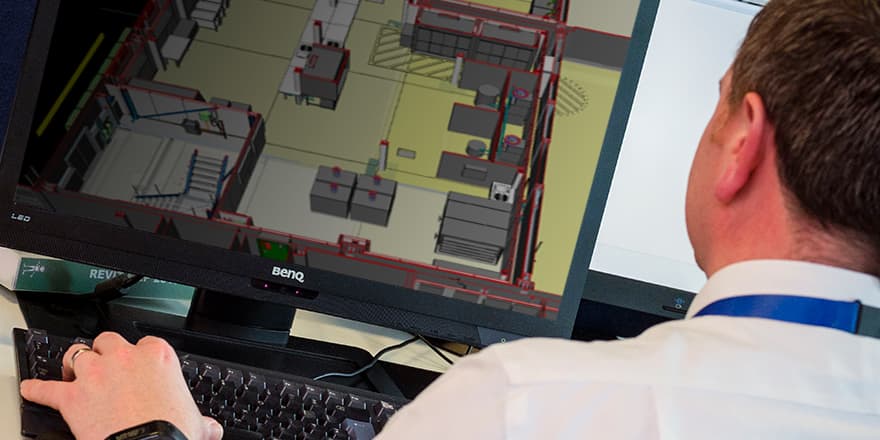Importance of Cleanroom Construction
Cleanrooms are vital in industries where cleanliness is crucial, such as pharmaceuticals and electronics. They help prevent contamination, ensuring product quality and safety.

Cleanrooms are essential environments for various industries, particularly in pharmaceuticals, where sterile conditions are vital for producing safe and effective products. Constructing a cleanroom involves careful planning and consideration of numerous factors, from design to installation. This article explores the key aspects of cleanroom construction, ensuring a successful outcome for any project.
Cleanrooms are vital in industries where cleanliness is crucial, such as pharmaceuticals and electronics. They help prevent contamination, ensuring product quality and safety.
Understanding cleanroom construction involves familiarising oneself with specific terms:
Cleanrooms must adhere to strict regulations to ensure safety and effectiveness. Key standards include:
Cleanroom construction is a detailed process that requires careful planning and adherence to standards to ensure a successful outcome.
An effective cleanroom layout is essential for optimal performance. A well-planned layout can enhance efficiency and allow for future growth. Here are some key points to consider:
Choosing the right materials is crucial for maintaining cleanliness. Consider the following:
Airflow design is vital for maintaining the required cleanliness levels. Key aspects include:
Preventing contamination is the top priority in cleanroom design. Important measures include:
A cleanroom’s design is not just about aesthetics; it is about creating a controlled environment that meets specific operational needs.
Building a cleanroom involves several important stages. Each stage has specific tasks to ensure the cleanroom remains uncontaminated. Here are the main stages:
To ensure a cleanroom operates effectively, specific tools and equipment are necessary. Here are some essentials:
Maintaining a cleanroom is crucial for its longevity and effectiveness. Here are key maintenance practices:
Regular maintenance is vital to ensure the cleanroom continues to meet its standards and functions properly.
By following these guidelines, you can ensure that your cleanroom remains a safe and effective environment for your operations.
Building a cleanroom can be a significant investment. Determining your budget early is crucial to avoid unexpected costs later. Here are some key factors that influence the overall cost:
Incorporating energy-efficient systems can lead to long-term savings. Consider the following:
Sustainability is essential in cleanroom construction. Here are some practices to consider:
Investing in sustainable practices not only benefits the environment but can also lead to cost savings in the long run.
When thinking about costs and sustainability, it’s important to find a balance that works for both your budget and the environment. Making smart choices can lead to savings and a healthier planet. For more tips on how to achieve this, visit our website and discover how we can help you make a difference!
In summary, constructing a cleanroom is a detailed process that requires careful planning and teamwork. From the initial idea to the final build, each step is important. Understanding what you need from the cleanroom helps in designing it correctly. Choosing the right materials and ensuring proper airflow is key to keeping the space clean and safe. By following these steps and working with experts, you can create a cleanroom that meets all necessary standards and supports your production goals effectively.
What is a cleanroom and why is it important?
A cleanroom is a special space designed to keep out dust and germs. It’s very important in industries like pharmaceuticals where making clean and safe products is crucial.
What are the main factors to consider when designing a cleanroom?
When designing a cleanroom, you should think about the layout, the materials used, how air flows in the room, and how to control contamination.
How do I maintain a cleanroom after it’s built?
To keep a cleanroom in good shape, you need to do regular cleaning, check equipment often, and follow strict rules for entering and exiting the space.